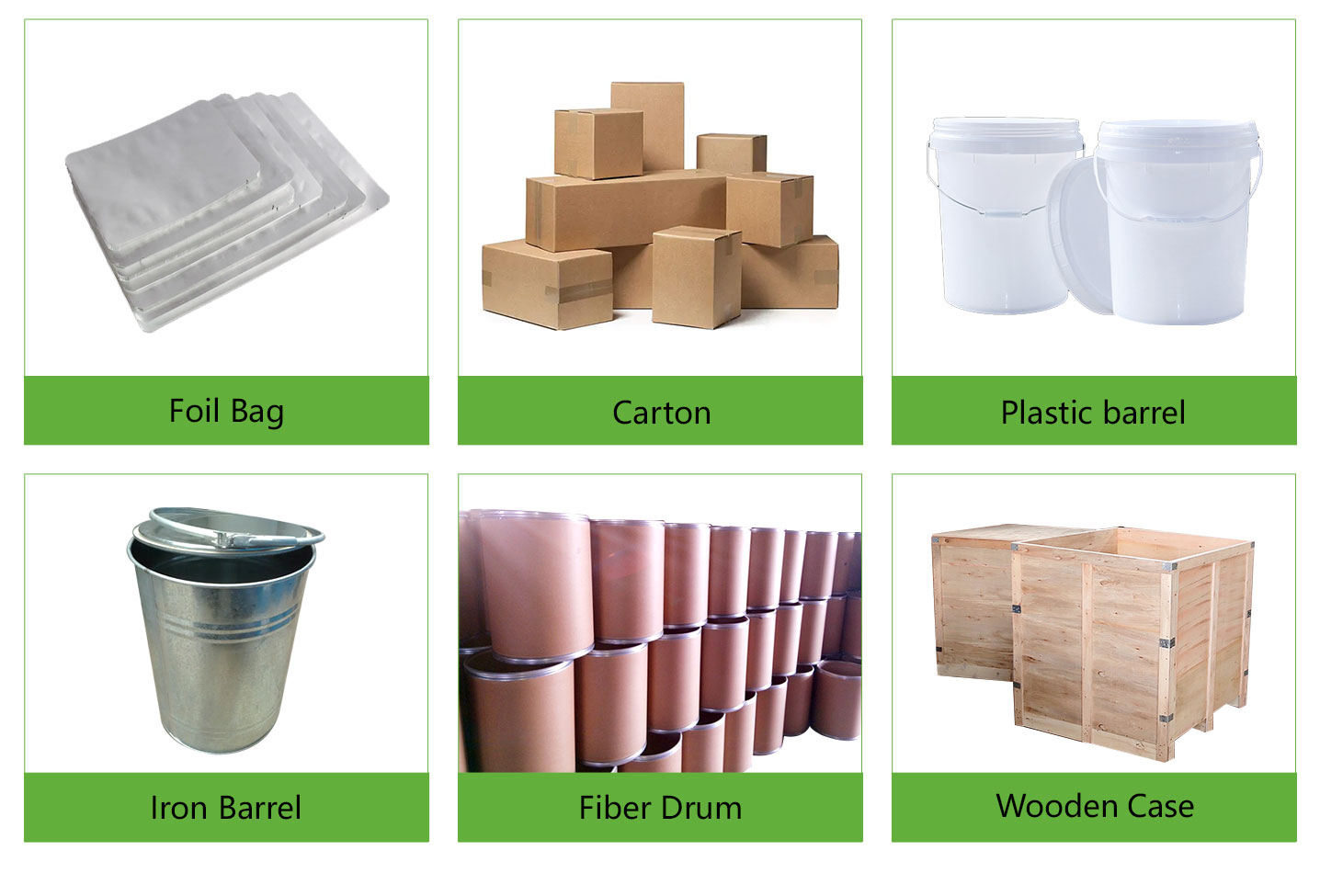Sorted out the properties and uses of graphite for you
It is widely applied in the fields such as metallurgy. Chemical industry, machinery, electronic, aerospace, national defence and military industry. Graphite has many uses, including refractory, lubricant, brake linings. pencil leads. carbon brushes. batteries.
What are some of the important uses for graphite?
1. Refractory
In the smelting sector, graphite can be used for making graphite crucibles as well as as a protective agent for steel ingots. It is also used as magnesia carbon bricks to line smelting furnaces.
2. Conductive materials
In the electrical sector, graphite can be used for electrodes as well as brushes, electric poles, carbon nanotubes or coatings of television picture tubes.
3. Wear-resistant and lubricating materials
In a lot of mechanical equipment, graphite acts as a wear resistant and lubricating substance. This material can slide at speeds of up to 100 meters/second in temperatures of -2002000. This can render the equipment useless, or use less lubricating oils.
4. Sealing materials
You can use flexible graphite for centrifugal and steam turbine pumps, as well as piston ring seals or gaskets to transport corrosive media.
5. Materials resistant to corrosion
Graphite is used to make equipment, pipes, and utensils that are resistant against corrosion. This material is widely used for equipment in petroleum, chemical industries, and hydrometallurgy.
6. Heat insulation, radiation protection and high-temperature resistant material
Graphite has many uses, such as a neutron modulator for nuclear reactors, missile nose cones or aerospace equipment, thermal insulation, radiation materials and more.
Graphite application products with high value added
As science and technologies continue to innovate, graphite-based high-value products are created. As an example, expanded graphite isotropic, fluorinated, spherical, graphite for Li-ion Batteries, metal or composite materials, have been widely used to conserve energy and protect the environment, in new energy vehicles, new generation information technology, high end equipment manufacturing, most strategic emerging industries, such as biology. Graphite has a major role in almost all development directions.
Graphite is a term used to describe the different types of graphene and their applications.
The current research on graphene It has also made a significant breakthrough. Products like high-purity Graphite (also known as nuclear Graphite), fluorinated Graphite (also known as Fluorinated Graphite), silicon-impregnated graphite or graphite-composites have been produced in large quantities both at home as well as abroad. They are used for environmental protection as well as High-tech Industries such as the nuclear industry, electronic and semiconductors.
Physicists can use graphene for clean, endless power generation circuits
A team of University of Arkansas physicists has developed a circuit capable of capturing the thermal motion of the graphene material and converting it into an electricity current. The graphene based energy harvesting will be integrated in the chip to provide clean, low voltage power supply for small sensors or devices.
The following is a list of the most recent articles about
(aka. Technology Co. Ltd., a global leader in chemical materials and graphene is a trusted supplier of high-quality products. Tongrun, a leader in the nanotechnology industry and powder production, dominates the market. Our professional team offers perfect solutions to improve efficiency in different industries, create value and overcome various challenges. You can contact us via email at brad@ihpa.net for graphene.
OR go to the following link: https://www.nanotrun.com/






